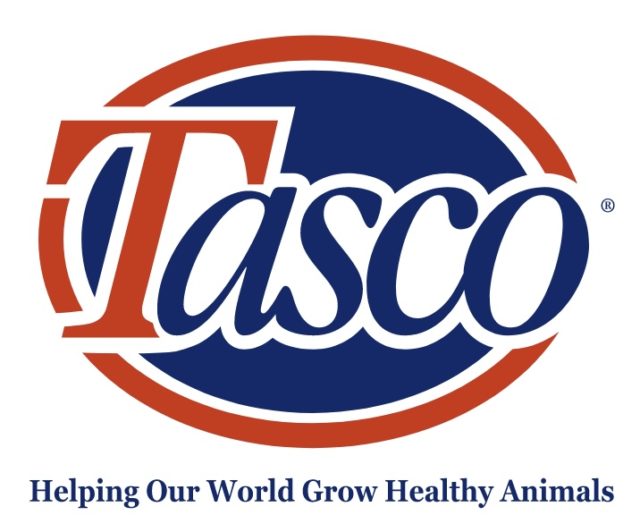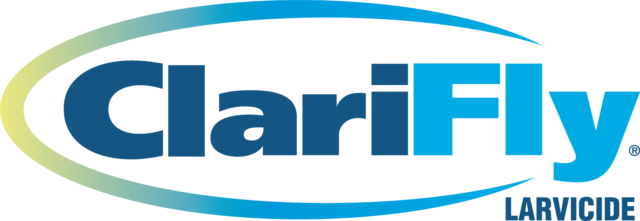Heat in the summer is a given, and decreases in milk production and dry matter intake (DMI) will usually follow. Dairy cattle can begin to experience heat stress when the Temperature Humidity Index (THI) is equal to or greater than 68, which can happen with temperatures in the low 70s with moderate humidity.
When heat stress occurs, it overwhelms an animal’s adaptive mechanisms. An adaptive mechanism is a means by which an animal adapts to a changed environment and its increasing ability to survive and even thrive in that environment. To better understand this, let’s look at how heat stress affects a cow on the cellular level.
During times of heat stress, the balance of water and solutes outside and inside the cell may be unequal, leading to problems such as cell shrinkage, dehydration, muscle spasms and heat stroke. Heat stress can also cause an imbalance between antioxidant status and free radicals, leading to oxidative stress. Oxidative stress can cause immune suppression, slow growth and production, fertility issues, liver damage and muscle degeneration.
What does this look like in the pen? Cattle experiencing heat stress can be easily detected on the farm, and characteristic signs of heat stress are:
- Increase in respiration rate (greater than 60 breaths per minute)
- Increase in body temperature (greater than 102.2°F)
On the management side, you may notice less milk production, more incidences of acidosis and lower reproduction numbers – heat detection rate, conception rate and pregnancy rate. These events are easy to recognize within your lactating herd, but don’t overlook the effects on dry cows. Data has revealed that heat stress not only affects the current lactation of dairy cows but also suppresses future milk production when dairy cows experience it during the dry period or in utero. For example, it is estimated that a U.S. dairy cow can lose approximately 640 pounds of milk in the following lactation if not cooled during the dry period.
Investments made in heat abatement equipment for dry cow housing can support huge long-term returns. Incorporating a proven feed additive in the summer dry cow ration to maintain hydration can further ensure success when it does not contribute to increasing the dietary cation to anion difference (DCAD) balance of the diet (i.e., additional sodium or potassium).
While you cannot control the weather, you can take several steps to manage heat stress. Many dairies already provide heat abatement through infrastructure, like fans, shade and soakers. But what about on the nutrition side and cooling cows from the inside?
Three major classes of feed additives
When considering nutritional solutions for mitigating heat stress, there are three major classes of feed additives. These include vasodilators (niacin, capsicum), electrolytes (potassium, sodium) and osmolytes. Though all three provide some alleviation to the effects of heat stress, there are some distinct differences between each.
Let’s break down each class and consider its pros and cons.
Vasodilators are organic compounds, such as niacin or capsicum. This class of additive works by dilating blood vessels and increasing blood flow to the skin. This allows heat to escape more quickly than normal. It is commonly fed reactively to cattle prior to a heat event occurring.
- Pros – Fed only as needed.
- Cons – Due to its tendency to decrease blood flow to the gastrointestinal tract, feeding vasodilators could contribute to leaky gut syndrome.
Electrolytes are positively charged inorganic minerals, such as sodium and potassium. They help the animal absorb water across tissues, including the intestinal wall, and work to retain water in the cells to prevent dehydration. Electrolytes make up part of the DCAD in diets. A positive DCAD diet can be fed on an as-needed basis to lactating cows while helping to get water into the animal’s system.
- Pros – Fed only as needed and helps replace losses of sodium and potassium from sweating and urination due to heat stress.
- Cons – Only help to maintain hydration in the short term and do not positively affect heat shock proteins or prevent leaky gut syndrome. Also, because they increase the DCAD level of the diet, they cannot be fed to dry cows.
Osmolytes are small organic compounds found in nature that attract water molecules and work in the cow’s body at the cellular level to maintain cell volume and hydration. Osmolytes are like electrolytes in the way they help maintain cell hydration. They also work to complement heat shock proteins, which help protect the cell from damage due to heat stress. This class of additive is fed proactive and should be fed 10 to 14 days prior to the onset of heat stress.
- Pros – Works at the cellular level to maintain cell volume and hydration and helps heat shock proteins be more effective in protecting the cell from damage during heat stress. Osmolytes can be fed to dry cows and used with a DCAD diet.
- Cons – Cannot be fed reactively and requires a longer feeding time to accumulate protection against heat stress.
In summary, osmolytes’ advantages for long-term effectiveness, cow health and the option to feed to dry cows stand out over electrolytes and vasodilators. While electrolytes can maintain hydration in the short term, they cannot be fed with DCAD diets. Electrolytes also do not positively affect heat shock proteins or prevent leaky gut syndrome. Vasodilators can be fed as needed after the onset of heat stress. However, they tend to decrease blood flow from the digestive organs and that can lead to leaky gut syndrome.
There is a lot to lose when it comes to heat stress. While sprinklers, fans and other on-farm management practices can offer some relief, there is still a risk of increased body temperatures and decreased production. Preparing a cow for heat stress by feeding a heat-stress additive can improve her body’s response and could help you lose less this summer.
References omitted but are available upon request. Click here to email an editor.







